Today we spent the morning at the eastern unit of Saguaro National Park. This unit was the original National Monument, created by Herbert Hoover in 1933. The western unit, which we visited on Thursday, was created by JFK in 1967, and the two sites were unified and made into a National Park in 1994.
This part of the park is rather different from the western unit primarily because there are water sources pretty much year-round, which makes for a habitat which supports many varieties of wildlife--virtually none of which we saw today. (We saw three unidentifiable birds in the park and a little rodent, which we think was a Cliff Chipmunk, best as we could tell from watching his little bottom headed away from us. We got a look at a Cliff Chipmunk in the afternoon, and that seemed to confirm the morning's identification.)
There is a nice 8-mile loop drive here with various overlooks and a couple of short hikes. We did the shortest one--3/10 of a mile--as it was already pushing 100 degrees. (There are many more longer hikes, but it was too hot for us to try one today!) We learned some interesting things; there is a series of photos in the visitor's center showing the same spot in the park at various intervals from 1933 to 1988.
The number of Saguaro dropped dramatically over that time. I asked a ranger why that was, and she said there were two reasons: one, there were two very cold winters, one in the 30s and one in the 60s, and a bunch of the older Saguaro died. Scientists figured out from those winters that if the Saguaro are exposed to freezing temperatures for more than 20 straight hours, they die off. The other reason was that from the 1930s on (turns out until 1979), cattle ranchers had grazing rights on this land, and the cattle stomped on all the tiny little baby Saguaros. The new ones are really tiny--about the size of a nickel. Cows with hooves would not be put off by the tiny little spines.
The other factor was the wholesale destruction of the Manzanita trees by ranchers--presumably for firewood, as one would not try to build using that wood. The Manzanita trees are nurse trees for the nascent Saguaro; they provide protection from excess heat and cold, as well as providing nourishment and moisture in the soil.
The Saguaro cannot survive without the Manzanita. In 1979, the park service finally obtained all the grazing rights, which meant they put an end to the grazing, and the Saguaro are coming back. See photos.
After a decent, but too-expensive lunch, we took a drive to another whole ecological niche: we took the Mt. Lemmon Scenic Byway and drove to Summerhaven, which is nearly at the summit of Mt. Lemmon. We climbed from 2600 feet to over 8000 feet, and the temperature dropped from 102 to 72. You will see from the photos that the flora is completely different at those higher elevations. So is the wildlife, though we didn't see any foxes, mountain lions, or bears. This was a very nice drive, and I'm glad we did it: we really got to see a completely different aspect of Arizona's scenery.
For dinner, we went to Guadalara's Mexican Grill. We can recommend this HIGHLY. We thought it might be the best Mexican food we've ever had. If you're in Tucson, definitely check it out.
Tomorrow we head to Bizbee and another NPS site. Bizbee is supposed to have a high of 89 tomorrow, which, after three days of 103, 103, and 102, will be very welcome. (Our friend Dale told us we were lucky; it has apparently cooled off quite a bit. They were getting 111-113 last week. It's dry heat, but that much dry heat is still really hot!! I could not live here.)

 Summerhaven, Arizona, United States
Summerhaven, Arizona, United States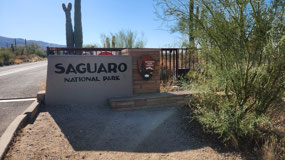



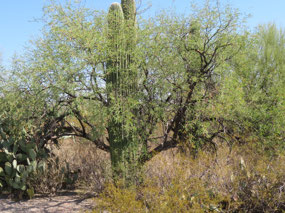
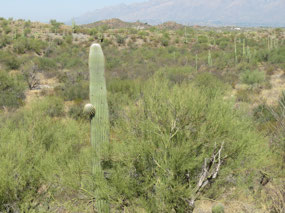
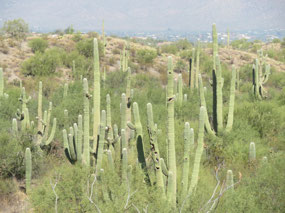
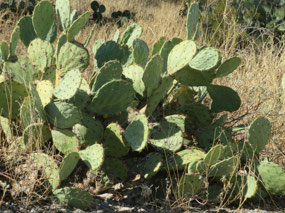
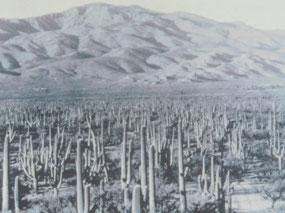
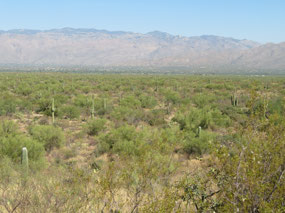
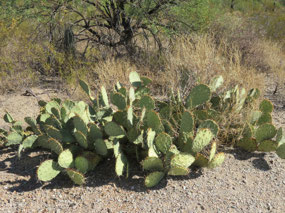
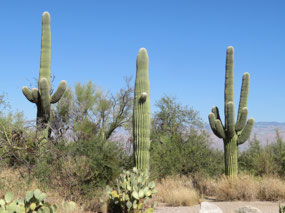
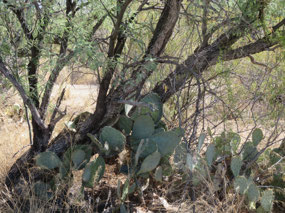
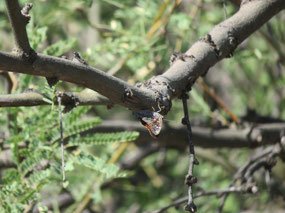
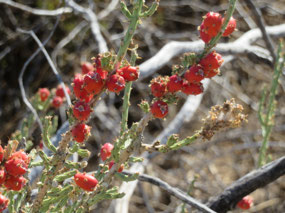
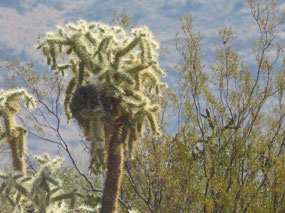
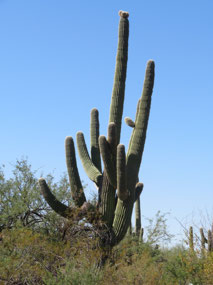
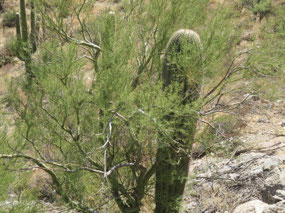
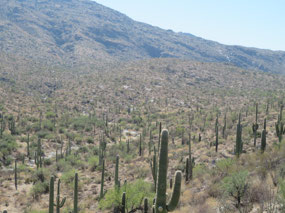
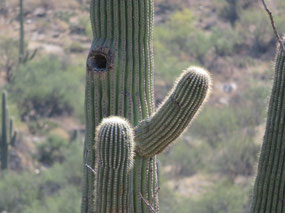
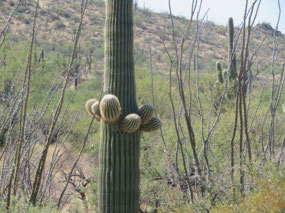
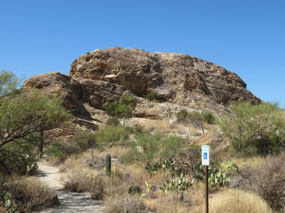
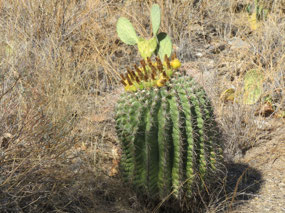
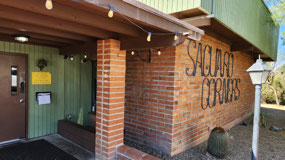

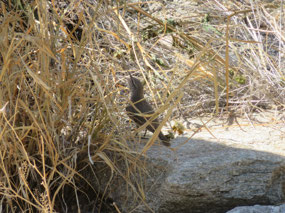
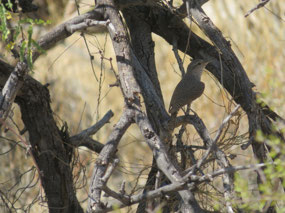
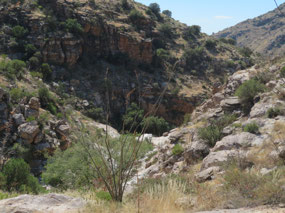
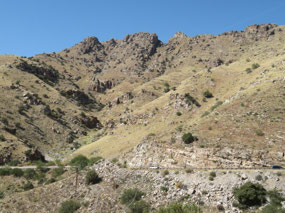
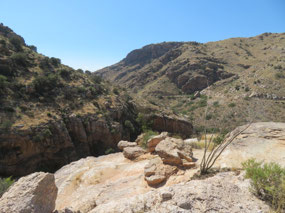
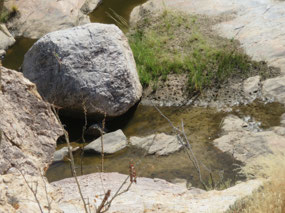

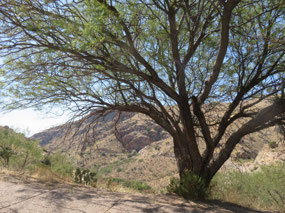
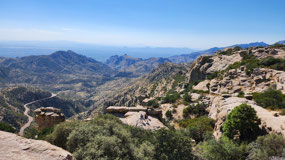
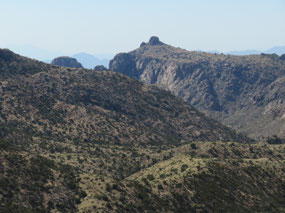
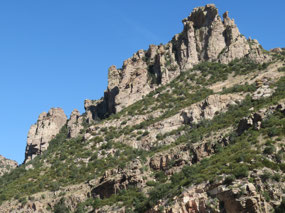

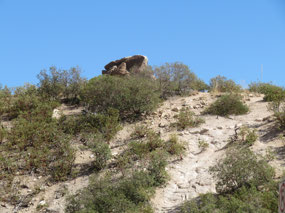
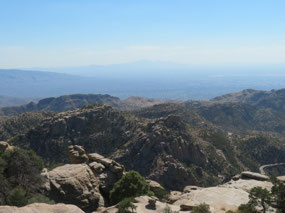
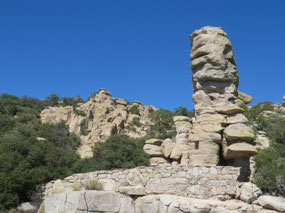
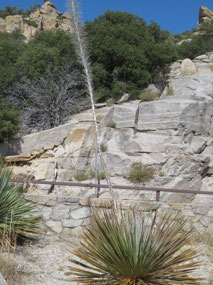
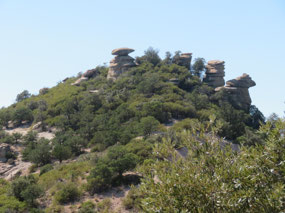
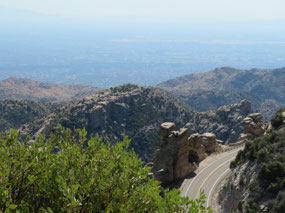
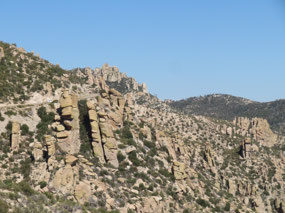
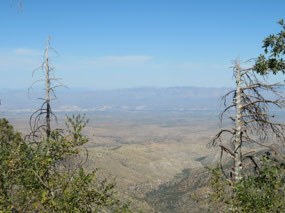
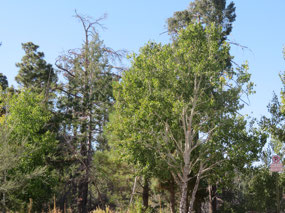
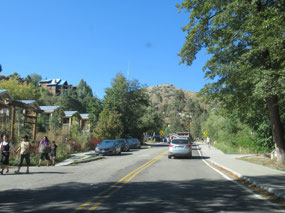
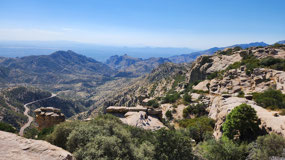
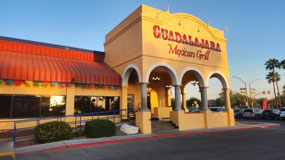

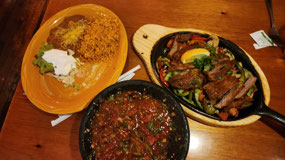
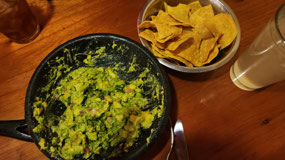
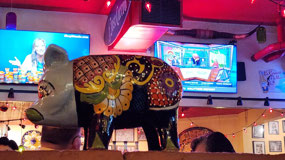
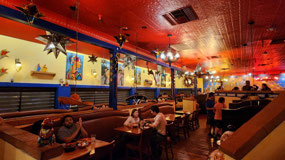
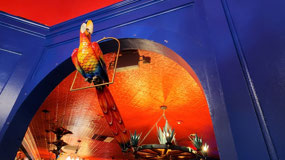

sally beauford
2024-10-13
I am really enjoying your trip.